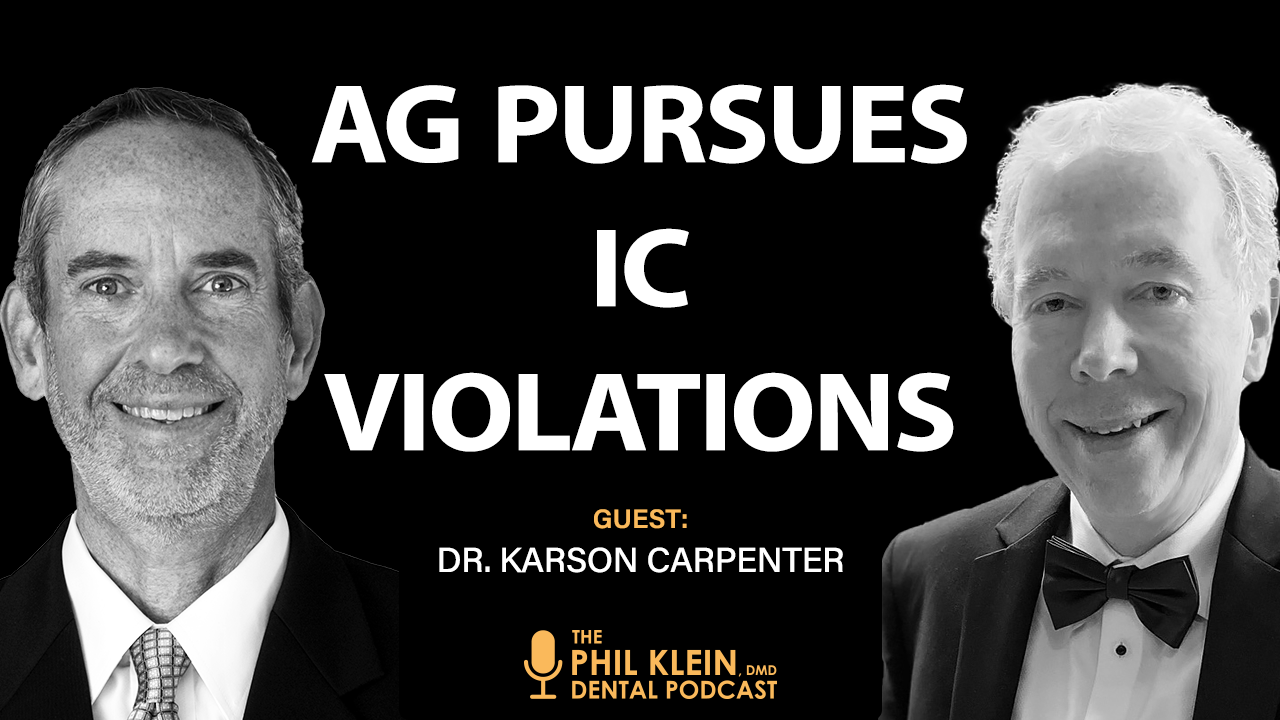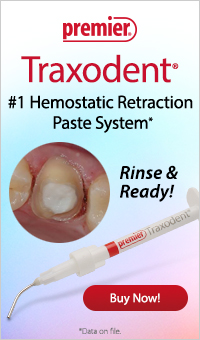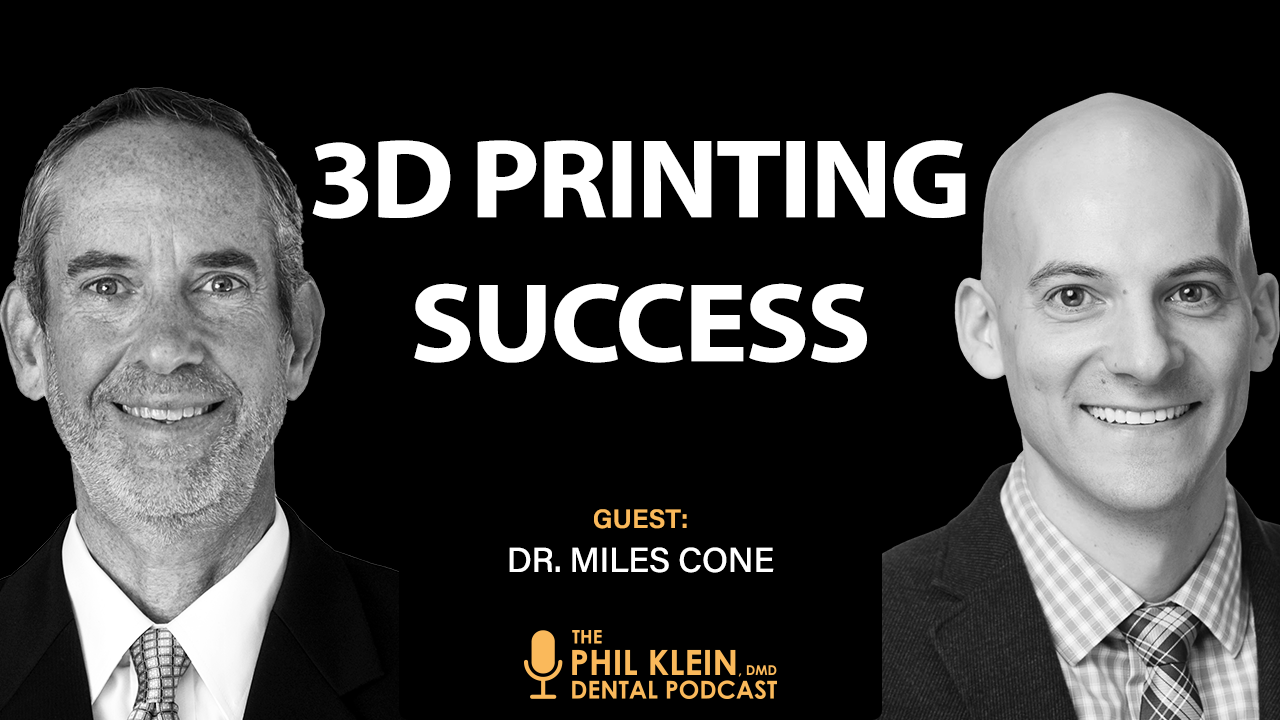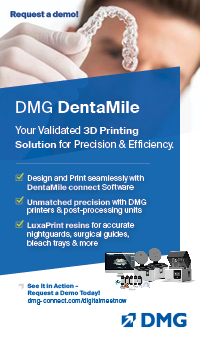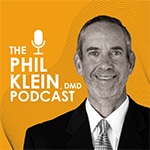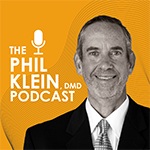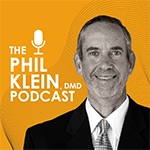
Focusing on Prevention: A Game Changer for Your Practice
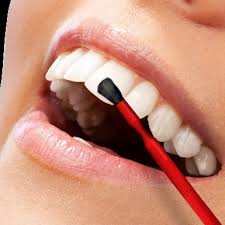
Today’s dental patients are hungry for prevention strategies that work and lead to less need for restorative care. Long gone are the days when dental practices focused solely on the challenge of restoring decayed dentition. In fact, what we’ve seen is that focusing on prevention is a win/win/win for you, your patients and your practice.
Let’s take a look at some reasons why this
is the case, and some tips for putting a prevention-centered approach into
place.
There’s been a culture shift in our profession
To get an understanding of what’s happening in the field we spoke with Dr. Jean Creasey, a practicing dentist for over 20 years in Northern California with a focus on prevention and minimally invasive dentistry. Dr. Creasey also teaches at California North Stars College of Dental Medicine.
“I think there’s been a culture shift in
our profession,” Dr. Creasey says. “There’s much more knowledge about
understanding caries as a continuum. It’s understanding the process and that if
you just restore a carious lesion without addressing the disease factors and
how it came into existence, you’re not really addressing the problem. It’s a
bit like how a physician might treat diabetes—there’s the prevention aspect.”
Focusing on prevention is beneficial for everyone involved
Dr. Creasey shares that being prevention-focused, and really zeroing in on each patient’s unique risk factors, has been one of the “secret keys” to her practice’s success. This approach is…
· Good for your patients
– You are helping your patients achieve their best possible
oral health, and patients appreciate this. As Dr. Creasey shares, “I think
innumerable patients over my career have sat up in the chair after I’ve had a
talk with them and said, ‘You’re the first person that’s really gone into why
this is happening and given me some tools to control this disease process.’”
· Good for your practice
– Being prevention focused is a great marketing tool. “It
really helps build our practice,” Dr. Creasey reports, “because they don’t
hesitate to tell their friends that they have a dentist who they really feel
focuses on them as an individual.”
Focusing on prevention also helps with staff recruitment and retention. People
like working for a dentist who focuses on oral health as a top priority. Once the dentist first sets prevention as the office’s
protocol for all patients, the entire team will enthusiastically get behind
this winning approach.
· Good for you, the dentist – This approach can also increase your career satisfaction, which in turn helps prevent burnout. You’re not just repairing—you’re addressing the cause of the disease. You can sleep well at night knowing you’re doing everything you can for each patient.
How to implement a prevention-centered approach in your dental practice
Here’s what Dr. Creasey recommends:
· Get buy-in from key
people. “Most dental office staff have their own
hierarchy of who listens to whom,” Dr. Creasey points out. “There might be
influencers within your dental team.”
· Involve your entire
staff. This is not just for your hygiene team;
it’s for your assistants and front office managers as well.
· Have a lunch and learn
on the science and practice. Start by educating
your team about the concepts and why they’re important. Then introduce a list
of practices that you want to have take place within your practice, and discuss
who will be responsible for doing them. How and when will you do the risk assessment?
Who’s going to be in charge of that? And so forth.
· Track your efforts
with something measurable and visible. For example,
you can hang a chart in the staff room where you track one or more of the
following:
o How many patients did
you do a risk assessment for each week?
o How many patients did
you introduce to using extra-strength fluoride gel for brushing their teeth?
o How many high-risk
adult patients did you identify for applying fluoride varnish at a three-month
recall?
· Use excellent
products. Dr. Creasey likes to do her research in
this area. For instance, for in-office fluoride treatments she uses FluoroDose
by Centrix. “I like that it is a fluoride varnish that has a slow release of
the fluoride,” she explains. “I’ve read studies that have shown that that is a
more effective way of delivering the fluoride than just a quick release, and it
only makes sense. If it sticks around in the area, it’s going to have a
longer-lasting effect. I like that. My patients don’t complain about the taste,
and it’s pretty easy to use.”
· Watch the outcomes. Seeing the success of a prevention practice will fuel the
team’s energy to keep implementing these protocols moving forward.
Tips for educating your patients about caries prevention
Your goal is to get your patients to maintain a
higher-compliance home care regimen and a
healthier diet, and to make sure they come back to see you based on your office’s normal protocols. The trick to achieving this, Dr. Creasey has found, is to connect with your patients in a relatable way.
“I’ll make a comparison,” Dr. Creasey explains, “like, ‘Imagine if your teeth were made out of bricks. We’ve all seen older buildings that were made out of bricks where the bricks are kind of crumbling. That’s what your enamel is doing as it dissolves in an acid environment. Your enamel is crumbling. It’s dissolving.’ I use the expression that ‘your teeth are melting in the acid that we create through a biofilm process.’”
Dr. Creasey then talks about the need to change the biofilm from acid-producing bacteria to fewer acid-producing bacteria. She’ll talk about growing your lawn, and compare the weeds in your lawn to acid-producing bacteria in your mouth. “You don’t want to feed the weeds,” she’ll say, “by giving them fermentable carbohydrate all the time, sugary substances.”
Remember, change is difficult, and motivating your patients
to make changes can be very challenging. To help in this process, avoid using scientific
words that they won’t remember. Instead, connect with them through lighthearted
conversation and fun analogies that will help them intuitively understand the demineralization
process.
The bottom line
However you choose to implement it, making prevention a top
priority in your practice will reap benefits for you, your patients and your
practice.









